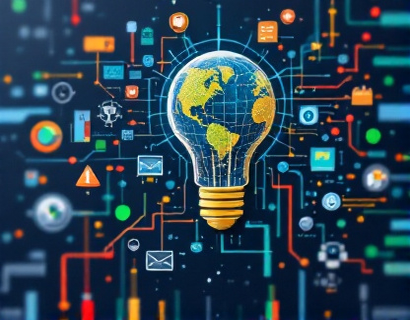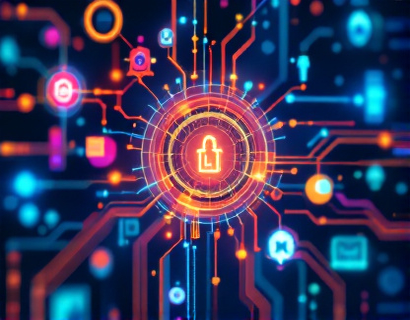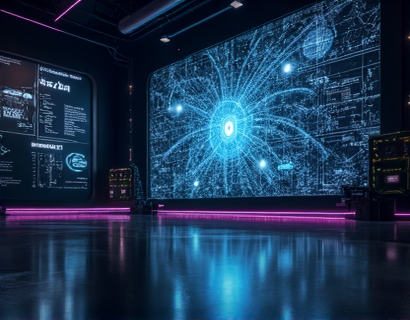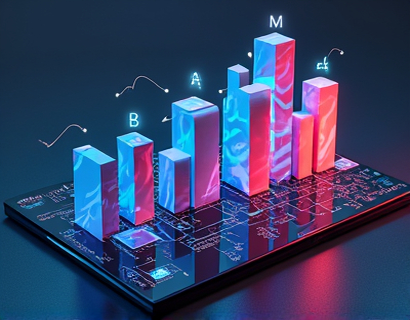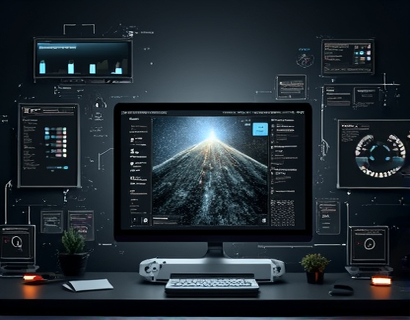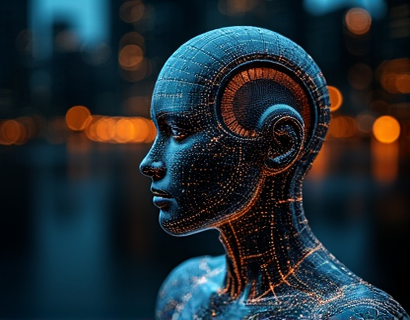Transforming Education with AI-Powered Chatbots: Ensuring Safe and Verified Learning for Students and Children
The integration of Artificial Intelligence in education has opened new avenues for interactive and personalized learning experiences. Among these innovations, AI-powered educational chatbots stand out as a promising tool, offering a secure and verified platform for children and students to access specialized industry insights and workshop knowledge. This article delves into how these chatbots are revolutionizing the educational landscape, focusing on the safety, interactivity, and effectiveness of such platforms in enhancing learning for young minds.
Understanding the Need for Safe Educational Content
The digital age has brought about an explosion of educational content available online. However, not all of this content is suitable or accurate for children and students. The risk of exposure to inappropriate or misleading information poses significant challenges for educators and parents. To address this, the development of AI-powered chatbots that provide content verified for safety and educational value is crucial. These chatbots serve as gatekeepers, ensuring that the information provided to young learners is not only accurate but also age-appropriate and aligned with educational standards.
AI Chatbots: A Secure Interface for Learning
AI chatbots designed for educational purposes create a secure interface where students can interact and receive specialized information. The AI technology behind these chatbots is trained on vast datasets of educational content, allowing them to provide detailed and accurate responses to a wide range of queries. This interaction is not only informative but also engaging, as the chatbots can adapt their communication style to suit the user's level of understanding and interests.
The security aspect is paramount in these platforms. By employing advanced encryption and data protection measures, these chatbots ensure that user data is safeguarded against unauthorized access. Additionally, the content itself is rigorously vetted by educational experts and compliance officers to meet stringent safety and educational quality standards. This dual focus on security and verification makes these chatbots a reliable resource for students and children.
Enhancing Learning Through Interactive Content
One of the key strengths of AI-powered educational chatbots is their ability to provide interactive content. Unlike traditional learning methods, these chatbots can engage students in conversations, answer questions in real-time, and even simulate scenarios to illustrate complex concepts. This interactivity not only makes learning more enjoyable but also helps in better retention of information. For instance, a chatbot can guide a student through a step-by-step process of a scientific experiment, providing immediate feedback and clarification as needed.
Moreover, the chatbots can incorporate multimedia elements such as images, videos, and interactive quizzes to enrich the learning experience. This multi-modal approach caters to different learning styles, ensuring that all students can find a way to engage with the material effectively. The dynamic nature of chatbot interactions also allows for personalized learning paths, where the content is tailored to the individual needs and progress of each student.
Access to Specialized Industry Insights
For students interested in specific industries, AI chatbots can serve as a valuable resource for gaining insights and knowledge. These chatbots can provide up-to-date information on industry trends, key players, and emerging technologies. By connecting students directly with industry experts and resources, chatbots bridge the gap between theoretical knowledge and practical application. This direct access to industry insights helps students make informed decisions about their future career paths and fosters a deeper understanding of the fields they are interested in.
For example, a student interested in the field of renewable energy can ask the chatbot about the latest advancements in solar technology, the role of government policies in promoting renewable energy, and potential career opportunities in this sector. The chatbot can provide comprehensive answers, backed by verified data and expert opinions, thereby enriching the student's knowledge base.
Workshop Knowledge at Your Fingertips
Another significant advantage of AI-powered educational chatbots is their ability to simulate workshop environments. These chatbots can offer structured learning modules that mimic the hands-on experience of traditional workshops, but with the added benefits of flexibility and accessibility. Students can participate in these virtual workshops at their own pace, revisiting topics as needed and receiving instant feedback on their progress.
The chatbot can guide students through various workshop activities, providing detailed instructions, demonstrations, and interactive exercises. For instance, a coding workshop could involve the chatbot walking the student through writing and debugging code, offering real-time suggestions and explanations. This approach not only enhances the learning experience but also builds confidence and practical skills.
Ensuring Content Verification and Quality
Content verification is a critical component of any educational platform, especially one aimed at children and students. AI chatbots can integrate with trusted educational databases and resources to ensure that the information provided is accurate and up-to-date. This verification process involves cross-referencing data from multiple sources, including academic journals, official reports, and recognized educational institutions. By maintaining high standards of content quality, these chatbots build trust with their users and contribute to a more reliable educational ecosystem.
Furthermore, the chatbots can be programmed to flag and report any content that does not meet the established quality standards. This proactive approach helps in continuously improving the platform and ensuring that students always receive the best possible information. The involvement of educational experts in the content creation and verification process further enhances the credibility and reliability of the chatbot's responses.
Child-Friendly Design and User Experience
To ensure that AI-powered educational chatbots are accessible and engaging for children and students, a child-friendly design is essential. The user interface should be intuitive, with clear and simple language that is easy for young users to understand. Visual elements such as icons, images, and animations can be used to make the platform more appealing and interactive. Additionally, the chatbot should be capable of understanding and responding to natural language queries, making the interaction feel more like a conversation with a knowledgeable friend.
Privacy and consent are also critical considerations in the design of these chatbots. Parents and guardians should have control over the information shared and the interactions their children have with the chatbot. Clear privacy policies and transparent data usage practices are necessary to reassure parents and ensure compliance with regulations such as COPPA (Children's Online Privacy Protection Act). By prioritizing child safety and privacy, these chatbots can be trusted tools in the educational journey of young learners.
Promoting Active Learning and Engagement
One of the most significant benefits of AI-powered educational chatbots is their ability to promote active learning and engagement. Unlike passive consumption of information, interactive chatbot sessions encourage students to think critically, ask questions, and explore topics in depth. This active engagement not only enhances learning outcomes but also fosters a love for learning and curiosity about the world around them.
For example, a chatbot can facilitate a virtual science fair where students can present their projects, receive feedback, and interact with peers and mentors. This type of interactive learning environment simulates the excitement and collaboration of a real-world workshop, providing a comprehensive and enriching educational experience.
Supporting Diverse Learning Needs
AI chatbots are uniquely positioned to support a wide range of learning needs and preferences. For students with special educational requirements, these chatbots can be customized to provide content in various formats, such as text, audio, or visual aids. The chatbot can also adjust the complexity of the information based on the student's understanding, ensuring that each learner receives an appropriate level of challenge and support.
Moreover, the chatbots can offer multilingual support, making educational content accessible to a broader audience. This inclusivity ensures that students from diverse backgrounds can benefit from the platform, breaking down barriers to learning and promoting equal educational opportunities.
Conclusion
AI-powered educational chatbots represent a significant advancement in the field of edtech, offering a safe, verified, and interactive platform for students and children to access specialized industry insights and workshop knowledge. By combining advanced AI technology with a strong focus on safety and educational quality, these chatbots are poised to transform the way we learn and teach. As the educational landscape continues to evolve, the role of such chatbots will become increasingly important in preparing the next generation for the challenges and opportunities of the future.











